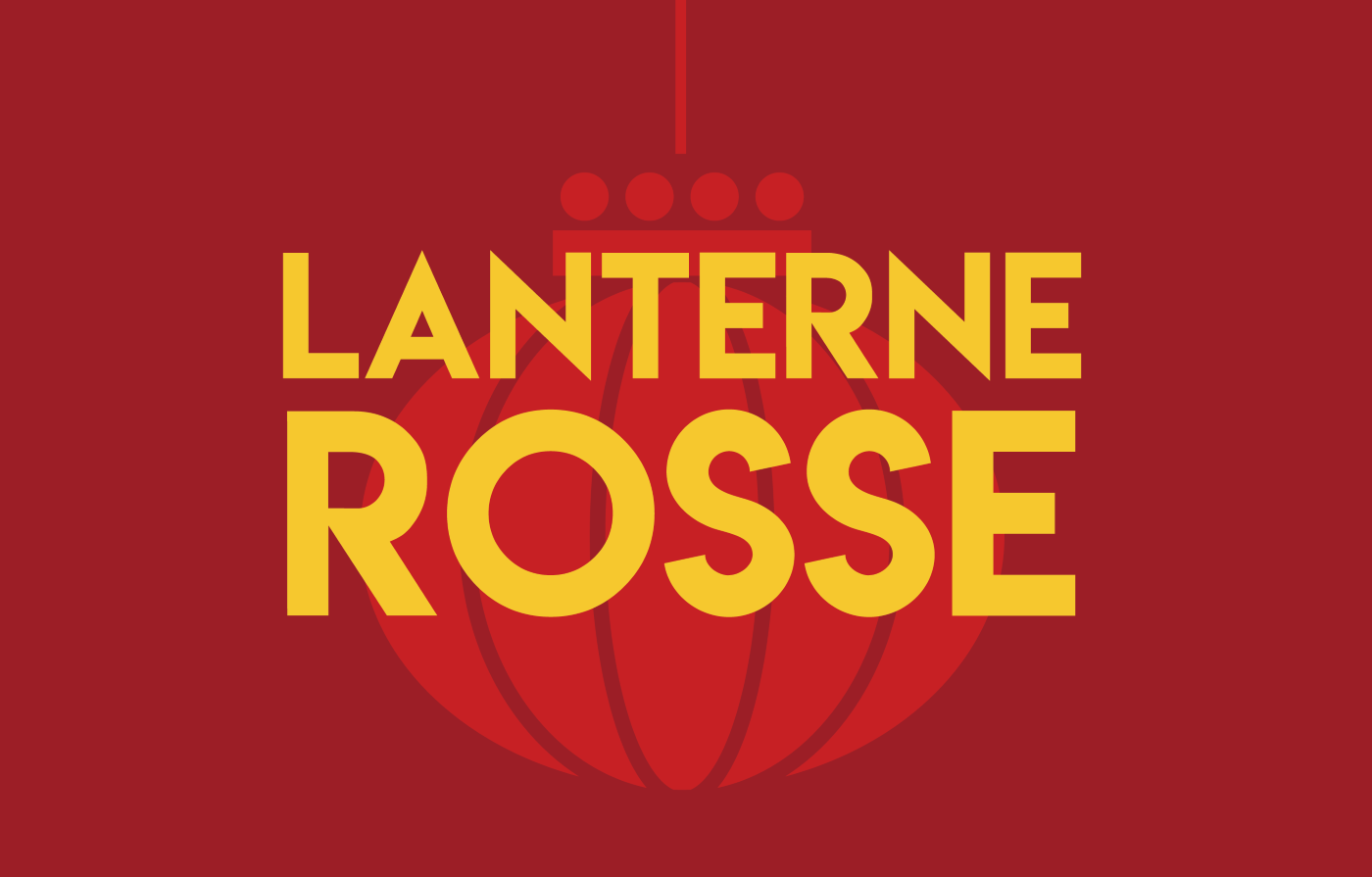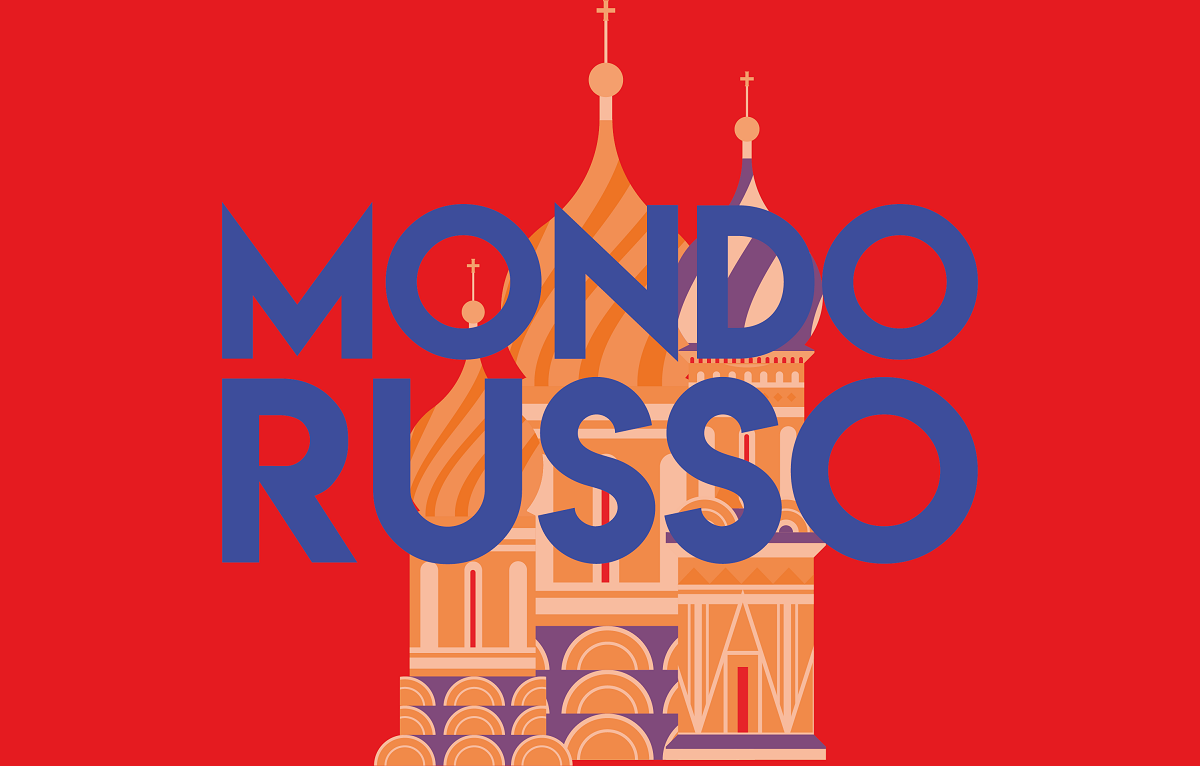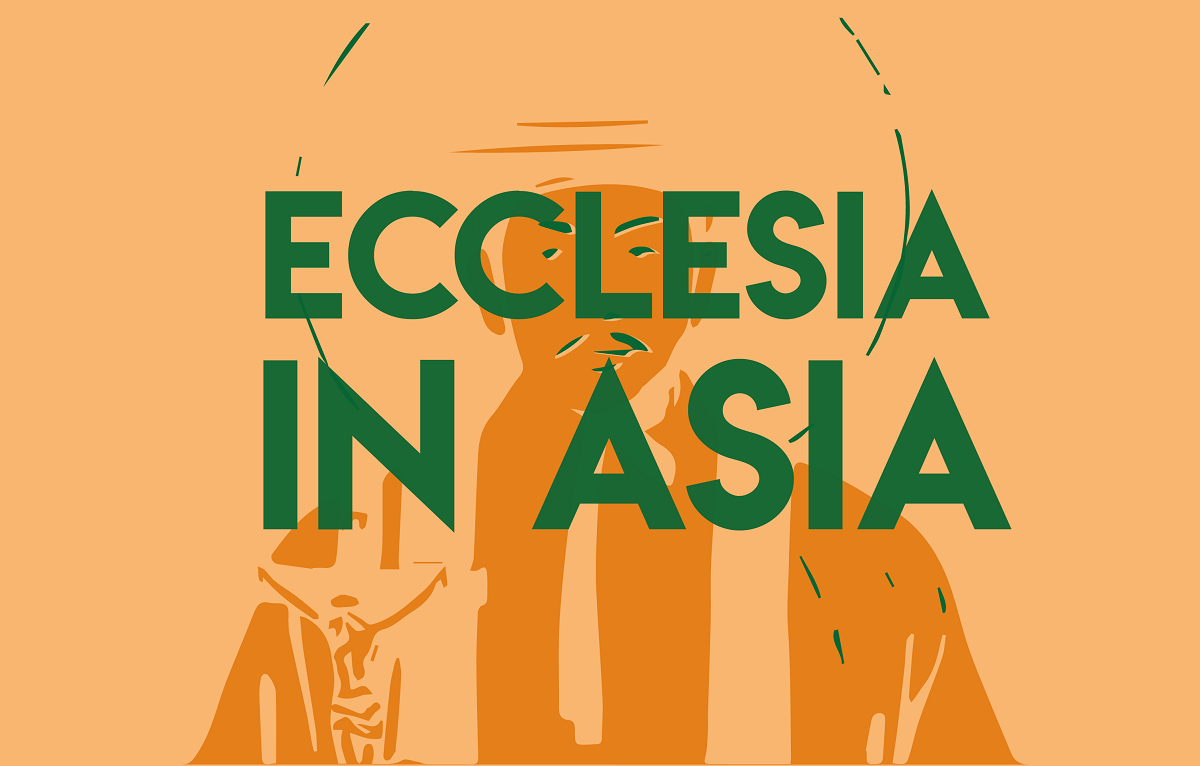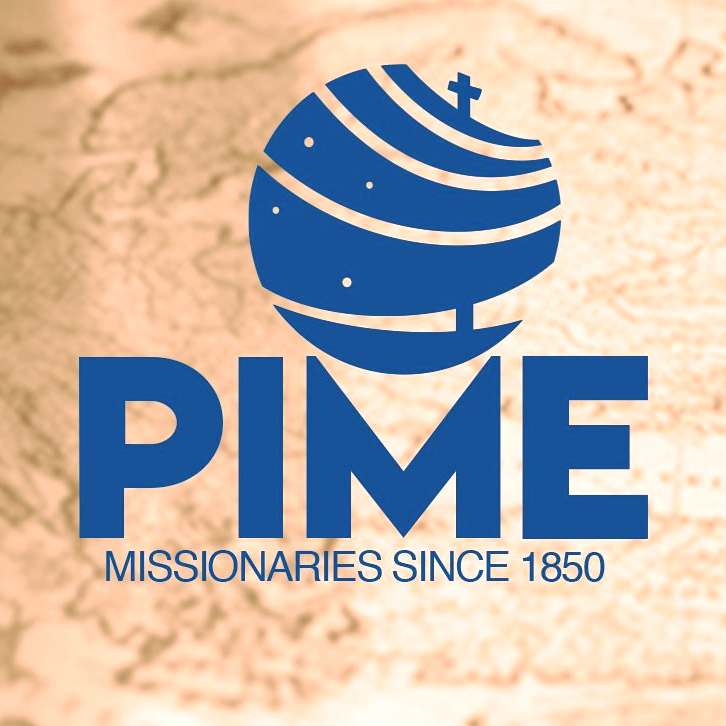35 percent hike in fee to climb Everest
For the first time in a decade, the Nepalese government is raising the levy to reach the world's highest peak. Up to ,000 will have to be shelled out in the summer season, a substantial increase from the ,000 required until now. Fall and winter fees are also growing. The hope of mountaineers is that the money will be invested in the environment and safety.
Kathmandu (AsiaNews) - For the first time in a decade, the Nepalese government plans to raise permit fees to climb Everest by more than 35 percent, making the world's highest peak more expensive for mountaineers, climbers or just enthusiasts. Executive sources announced this, pointing out that the cost will rise from the current ,000 to ,000 in total. A growth that will provide new revenue for the country's coffers, as total tax revenues are a key source of income for a cash-strapped nation that is home to eight of the world's 14 highest peaks.
“Permits to climb Everest's 8,849 meters will cost ,000,” said Narayan Prasad Regmi, director general of the Department of Tourism, confirming an overall increase of 36 percent. “Royalties [permit fees, ed.] have not been revised for a long time. Now,” Regmi explained to Reuters, ”we have updated them.
The new fees will go into effect starting in September and will apply for the popular April to May climbing season along the standard Southeast Ridge route, or South Col, opened by New Zealander Edmund Hillary and Sherpa Tenzing Norgay in 1953. Rates for the less popular fall season, which runs from September to November, and for the even less traveled season (the winter season between December and February, when climbs are much more difficult due to adverse weather and climate conditions) will also increase by 36 percent: costs will rise to ,500 and ,750, respectively.
Some expedition organizers said the increase, under discussion since last year, is unlikely to discourage climbers from attempting to reach the top of the world's highest mountain. Indeed, about 300 Everest permits are issued each year. “We expected this increase,” said Lukas Furtenbach of Austria-based Furtenbach Adventures. He then added that this is an “understandable step” on the part of the Nepalese government. “I am sure,” he concluded, ”that the additional funds will be used in some way to protect the environment and improve safety on Everest.
However, the director general of Tourism would not clarify for what purposes the additional revenue from the fee increase will be used.
Every year hundreds of mountaineers attempt, with mixed fortunes, to climb Everest and many other peaks in the Himalayan range. With this in mind, Nepal's government is often criticized by sportsmen and environmentalists for granting too many climbers permission to attempt the summit. In addition, Kathmandu itself would do “too little” to keep the mountain clean or to ensure safer climbs.
In response to the criticism, Regmi said cleanup campaigns have been organized to pick up trash and regular safety measures and rope fixing have been taken. However, climbers returning from Everest say the mountain is becoming drier and rockier, with less snow or other precipitation, which experts say could be due to global warming or other environmental changes.





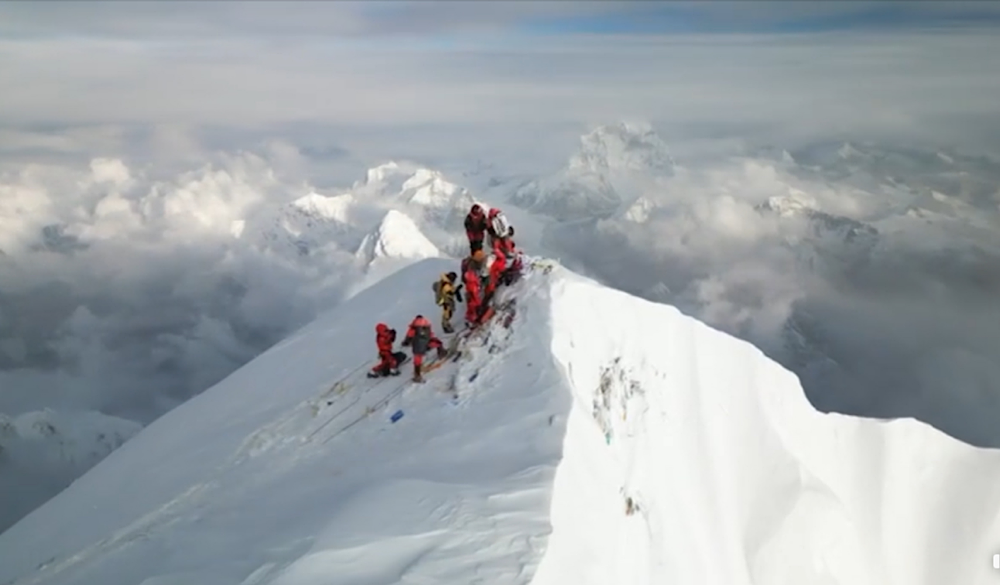

.png)

